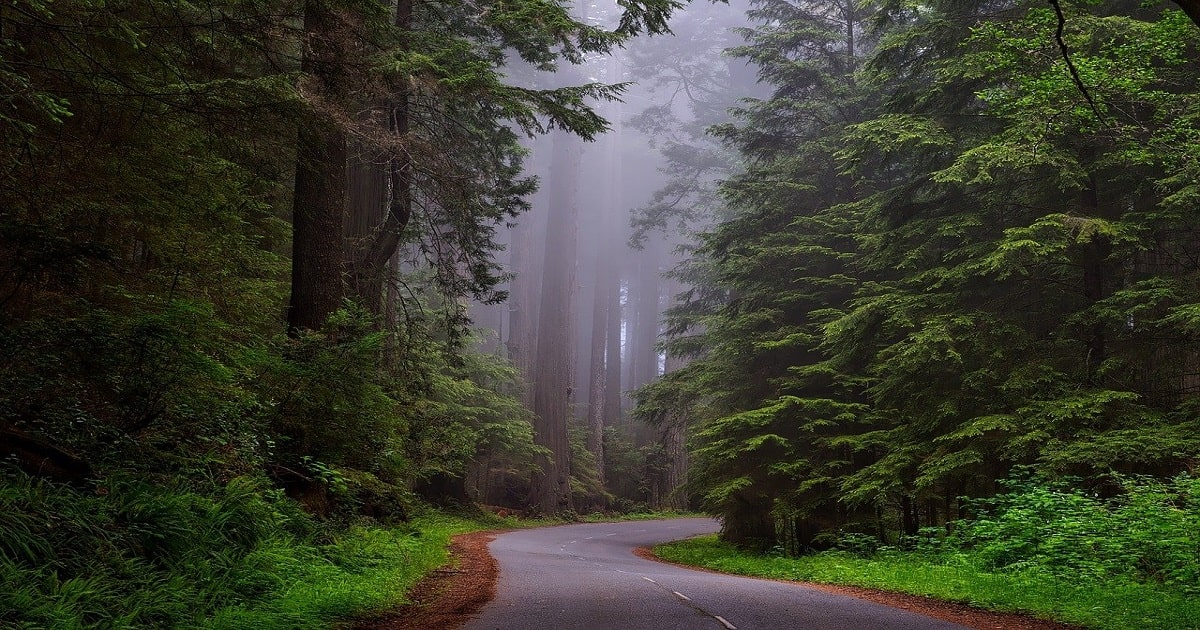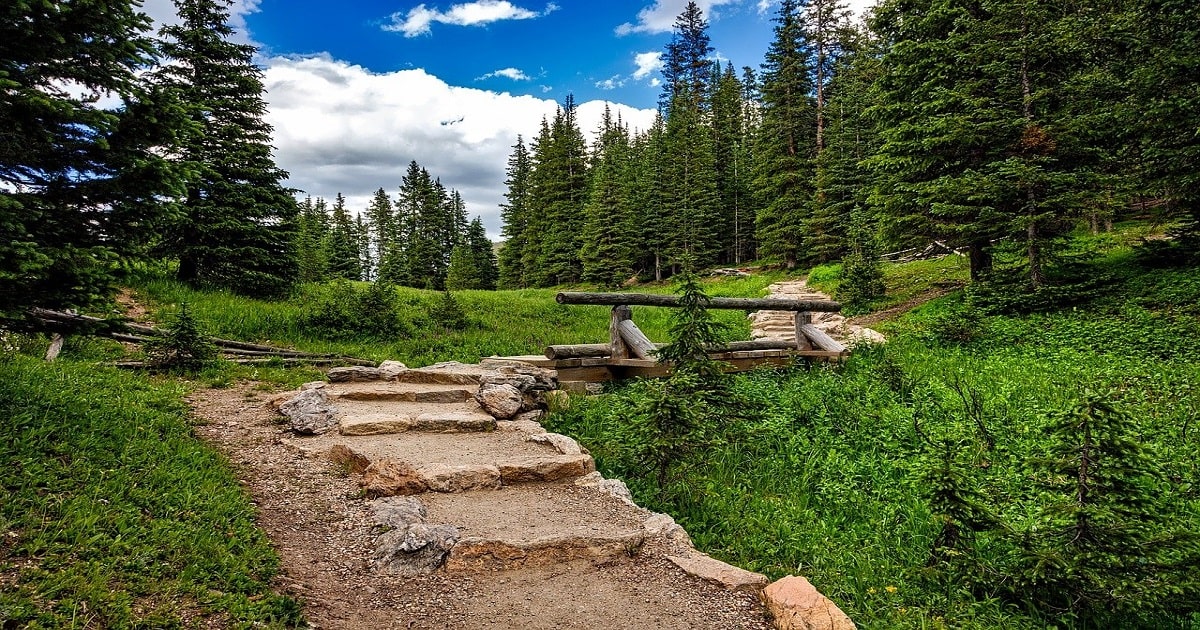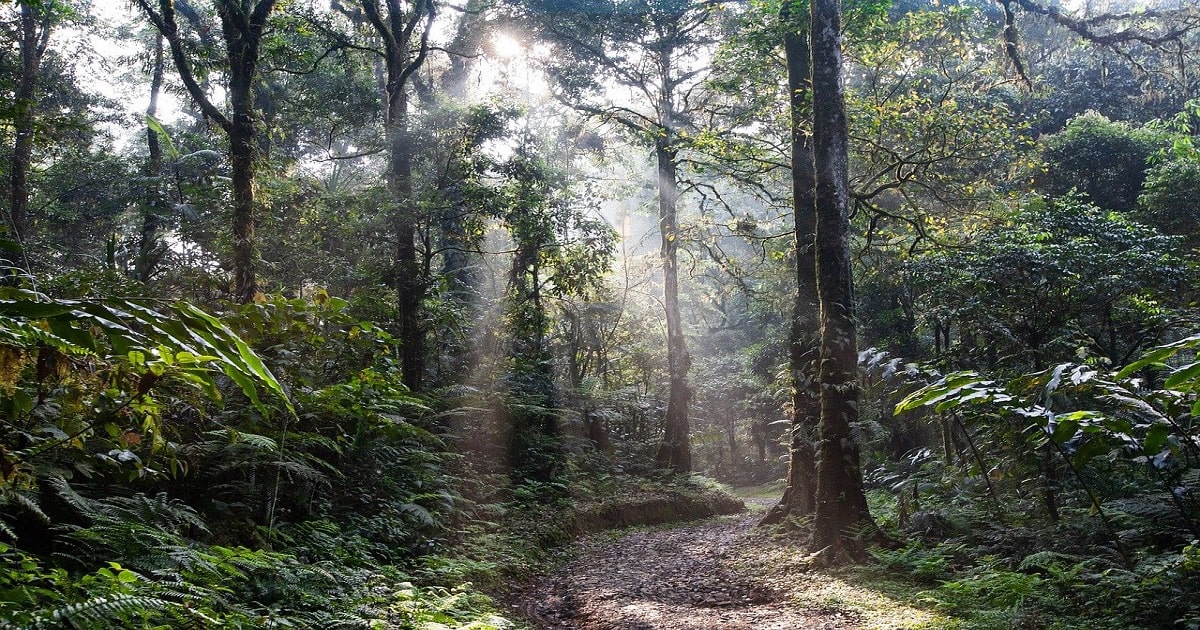Historic Agreement With P.E.I’s Mi’kmaq & The Government Of Canada
- TDS News
- Indigenous
- Atlantic Canada
- Trending
- Western USA
- January 19, 2022

The Government of Canada and the Epekwitk Mi’kmaq sign agreement toward establishing a new national park reserve in P.E.I.
Today, the Minister of Environment and Climate Change and Minister responsible for Parks Canada, the Honourable Steven Guilbeault, along with Chief Darlene Bernard and Chief Junior Gould, co-chairs of the Epekwitk Assembly of Councils, signed a Memorandum of Understanding (MOU) to formally work towards the establishment of a new national park reserve in the Pituamkek area (Hog Island Sandhills) in Prince Edward Island.
The sand dunes of Pituamkek (pronounced Bee-doo-um-gek) form one of the most ecologically significant coastal dune ecosystems in Eastern Canada. The Epekwitk Mi’kmaq have been stewards of these lands and waters since time immemorial, and the signing of this agreement affirms the Government of Canada’s conservation goals in the cultural and historic significance of these islands.
This MOU agreement helps fulfill Government of Canada’s commitment to true and lasting Reconciliation with indigenous peoples and a renewed government-to-government relationship with the Epekwitnewaq Mi’kmaq (the Mi’kmaq of Prince Edward Island).
The signing of the MOU follows a public engagement process that took place between June 4, 2021, and July 23, 2021, to seek input from individuals and organizations on the proposed national park reserve. A data analysis and summary of results of the public engagement process demonstrate strong public support for the creation of a national park reserve in the Pituamkek area (“What we Heard” report).
The MOU outlines next steps and provides a framework for collaboration as negotiations begin for an establishment agreement for the creation of the new national park reserve. Working together, the Government of Canada and the Epekwitnewaq Mi’kmaq are taking action to protect this iconic natural and cultural landscape for future generations.
A copy of the Memorandum of Understanding can be found on the Pituamkek website. https://www.pc.gc.ca/en/pn-np/cnpn-cnnp/pituamkek

“Pituamkek has been a source of cultural and spiritual significance to the Mi’kmaq people of Prince Edward Island for thousands of years and represents one of the most ecologically significant coastal dune ecosystems in eastern Canada. This agreement is one more step on the road to Reconciliation with Indigenous peoples and toward protecting lands and waters of great cultural importance in Prince Edward Island.”
The Honourable Steven Guilbeault
Minister of Environment and Climate Change and Minister responsible for Parks Canada
“Our connection to this land is ancient and sacred, as the Mi’kmaq have occupied Epekwitk (PEI) since time immemorial. Our people have always been stewards of the land, so to protect and preserve an important part of our environment and a vital part of our Mi’kmaq cultural heritage is something that we must do – in honour of past and future generations to come. We are eager to work collaboratively with Parks Canada to make this dream become reality.”
Chief Junior Gould of Abegweit First Nation
Epekwitk Assembly of Councils Co-Chair
“Pituamkek is considered a Mi’kmaq Heritage Landscape, with a name that honours our long history and deep connection to the land through recognition of our beautiful language. The Epekwitk Assembly of Councils is very pleased to participate in today’s announcement which signals significant progress in establishing Pituamkek as a national park reserve. It has been a long time in the making and we look forward to the next steps in the establishment of Pituamkek, which will benefit all Epekwitnewaq (Islanders) and Canadians – historically, culturally, and environmentally, now and in the future.”
Chief Darlene Bernard of Lennox Island First Nation
Epekwitk Assembly of Councils Co-Chair
“As the Minister of Environment, Energy and Climate Action, I congratulate Parks Canada and the Abegweit and Lennox Island First Nations on this historic agreement. Pituamkek has long been recognized as a place of high ecological, geological, archaeological, and cultural values. This agreement is the next step in ensuring these values are protected for current and future generations.”
Steven Myers
Minister of Environment, Energy, and Climate Action, P.E.I.
“I’m thrilled to see this significant initiative moving forward, at a stone’s throw from home. Pituamkek is both a natural and a cultural treasure. Today is a milestone in the work towards protecting such a nationally significant example of natural and cultural heritage and sharing the stories of this treasured place.”
Bobby Morrissey,
Member of Parliament for Egmont

The creation of the Pituamkek National Park Reserve will be the first national park reserve to contribute to the government’s commitment to create 10 new national parks by 2025.
In August 2019, the Government of Canada, the Government of Prince Edward Island, and the Mi’kmaq Governments of Lennox Island and Abegweit First Nations announced the launch of a feasibility assessment on the establishment of a national park reserve in Pituamkek (Hog Island Sandhills).
The area constitutes a vital living link between Mi’kmaq culture, its history and the environment. For this reason, the Mi’kmaq People of Prince Edward Island have a strong and enduring connection with the Pituamkek area and have recognized the area as a Mi’kmaq Heritage Landscape.
The public engagement phase of the feasibility assessment was held between June 4, 2021, and July 23, 2021. Since then, work has been underway to assess and report the findings of the public engagement phase of the feasibility assessment. The report demonstrated support for the proposed creation of a national park reserve in the Pituamkek area.
The MOU outlines next steps and provides a framework of collaboration as negotiations begin for an establishment agreement for the creation of a new national park reserve in Pituamkek.
In collaboration with Indigenous partners, stakeholders, and other levels of government, Canada is committed to protecting biodiversity and conserving 25 percent of land and inland waters and 25 percent of marine and coastal areas by 2025, working toward 30 percent by 2030.








